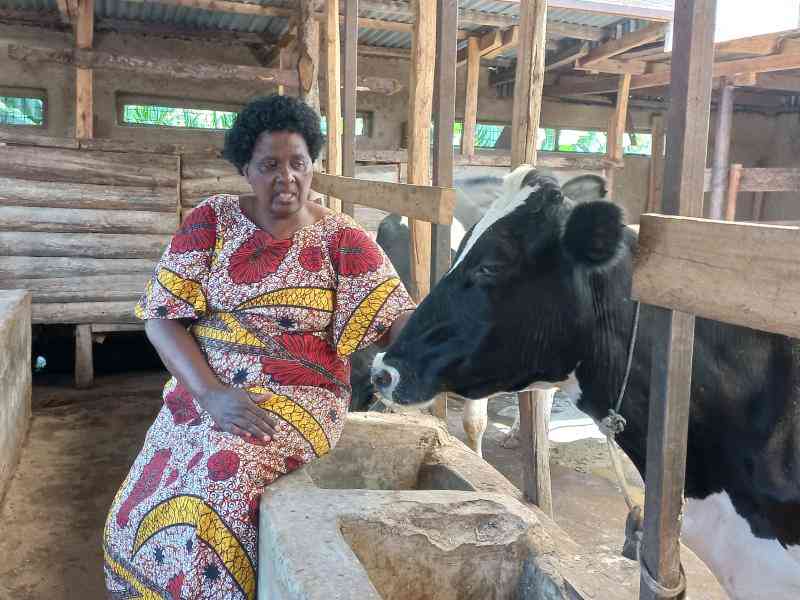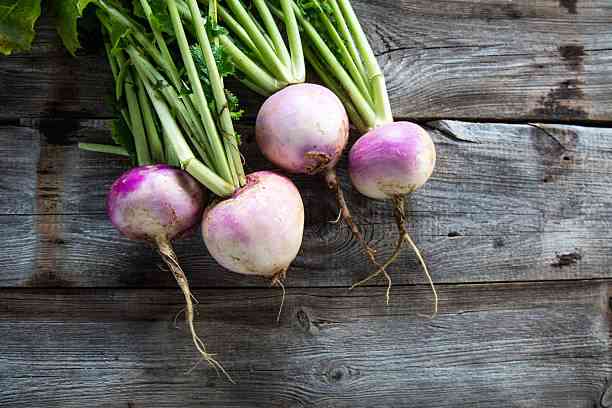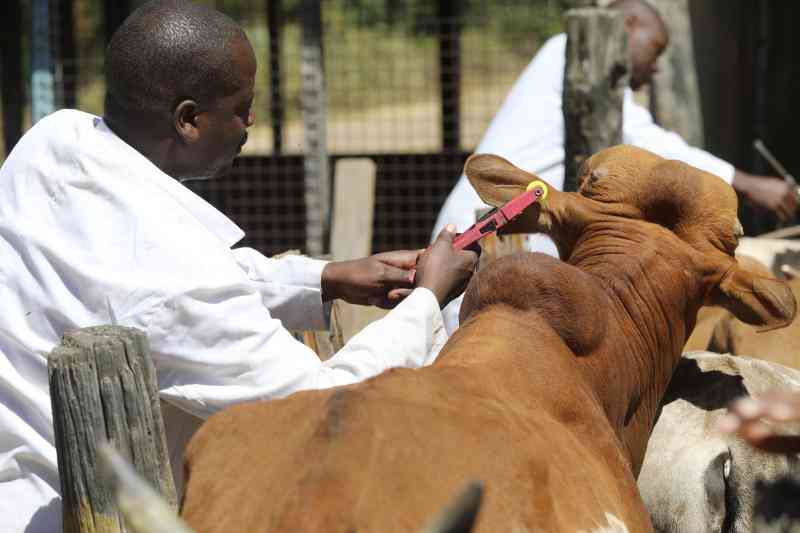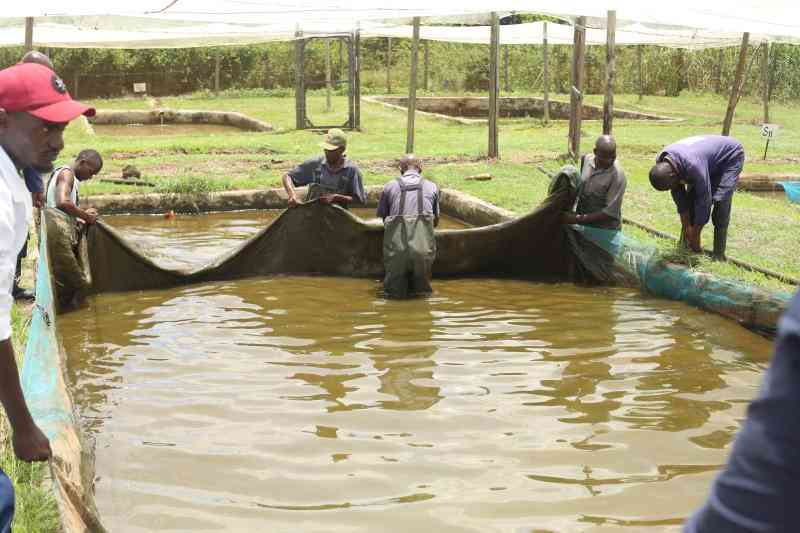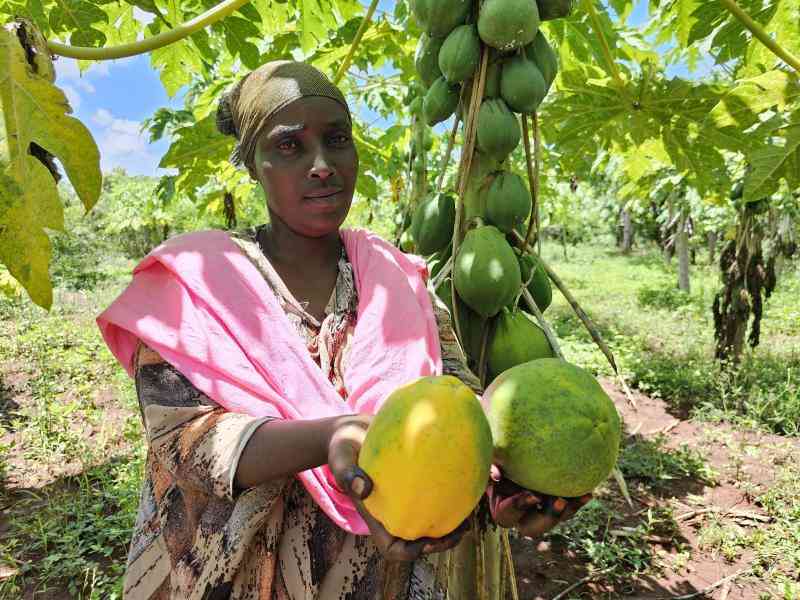Except for a few feed manufacturers who keep to the standards in poultry feed formulations, many feed companies in the country make poor quality feeds, which has led to huge losses.
Joseph Mureithi, who abandoned poultry farming a few months ago blames the collapse of his venture to poor quality feeds.
Mureithi who had spent all his savings on the venture as a side hustle, says he came home one day only to find 10 of his 50 chickens dead.
“I first thought the chicken might have died out of hunger or while fighting for space and since it was late in the evening, there’s nothing much I could have done, but the next morning, things were bad, almost half of the flock was gone,” he recalls.
His vet, he says, attributed the deaths to poor quality feeds.
Poor quality feeds also lead to slow growth in chickens, low egg production, diseases or even death. To beat this challenge, some farmers make their own feeds.
If you can grow everything your chickens eat, you don’t have to purchase feed at all. And, if you mix feed from bulk ingredients, at least you know the composition of the feed. Making poultry feeds on the farm is one of the best ways to maintain quality and cut the cost of production.
What to Put in Your DIY Poultry Feed
Whether you grow some, all or none of it, the key questions are: What plants should you feed chickens, and in what proportions should it be mixed?
You will find many different poultry feed recipes online. In some ways, you’re going to have to customise your feed to the specifics of your geographical region: What’s available, what’s inexpensive, and what you can grow yourself will all factor into the final feed.
You will also want to study the ingredients in commercial poultry feed to get an idea of what percentages to aim for. If you are a little lower in protein than commercial brands, that’s okay. Just be aware that your birds will not grow as quickly.
You do, however, need to make sure to strike a balance between all the macronutrients (fats, carbohydrates, and protein) and micronutrients (vitamins and enzymes). Some trial and error might come into play.
Here are some of the ingredients you should consider putting into your chicken feed. Remember, this is just a general guideline. Your custom mix should be made up of what’s best for you and your chickens.
Main Feed for Chickens
Alfalfa meal (high protein, good for winter)
Corn (a mainstay for chickens, store whole)
Field peas (for protein, to avoid soybean use)
Wheat
Oats and/or barley (less than 15 per cent of the total diet together)
Things to Add to Chicken Feed
Aragonite or feeding limestone (for calcium, not absolutely necessary)
Oyster shell (calcium, free feed)
Grit
Salt
Probiotic
Crab meal (small amounts provide protein and minerals)
Flaxseed (omega-3, feed whole to avoid rancidity)
Broad-spectrum mineral supplement
Kelp (a mineral source)
Fish meal (helps boost protein and omega-3s)
Cultured yeast (B vitamins, minerals, and digestive enzymes)
Equipment Needed
Making your own feed for more than a handful of chickens requires a commercial, heavy-duty feed or flour mill. With this, you can freshly grind the grains you purchase for your hens.
You will also need to think about storage for the bags of grains you buy. Consider building a storage bin with partitions for each of your grains and a lid on the top. If you can use a sliding gate at the bottom to dispense the grain, you can naturally rotate the grains. You may need to clean the bins out completely once or twice a year to prevent pest infestations.
Raise Chickens on Pasture
One really easy way to feed your chickens and reduce the amount of chicken feed required is to raise them on pasture. This is the most natural diet chickens can eat. As long as they have enough acreage or consistently fresh pasture, chickens can self-regulate. It’s easy for them to find enough insects, bugs, weeds, grasses, and seeds to stay healthy.
It’s also a good idea to have a supplemental feed even if they are primarily foraging.
Want to get latest farming tips and videos?
Join Us
 The Standard Group Plc is a multi-media organization
with investments in media platforms spanning newspaper print operations,
television, radio broadcasting, digital and online services. The Standard Group
is recognized as a leading multi-media house in Kenya with a key influence in
matters of national and international interest.
The Standard Group Plc is a multi-media organization
with investments in media platforms spanning newspaper print operations,
television, radio broadcasting, digital and online services. The Standard Group
is recognized as a leading multi-media house in Kenya with a key influence in
matters of national and international interest.
 The Standard Group Plc is a multi-media organization
with investments in media platforms spanning newspaper print operations,
television, radio broadcasting, digital and online services. The Standard Group
is recognized as a leading multi-media house in Kenya with a key influence in
matters of national and international interest.
The Standard Group Plc is a multi-media organization
with investments in media platforms spanning newspaper print operations,
television, radio broadcasting, digital and online services. The Standard Group
is recognized as a leading multi-media house in Kenya with a key influence in
matters of national and international interest.

